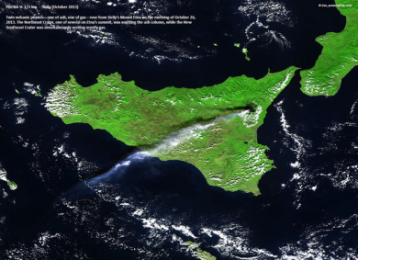Launched on 7 May 2013, ESA’s Earth Observation satellite Proba-V has now completed the crucial commissioning phase and declared ready for its operational phase, providing global vegetation data for operational and scientific use. Designed to map land cover and vegetation development, the Proba-V miniaturised satellite tracks the entire planet every two days alerting authorities to crop failures, monitoring inland water resources and tracing the steady spread of deserts and deforestation. Proba-V carries a Vegetation instrument that collects light in the blue, red, near-infrared and mid-infrared wavebands, making possible to distinguish between different types of land cover and plant species, including crops.
In an early phase following the launch, the satellite was subject to certain tests to establish contact, confirm its pointing direction and check the various subsystems to ensure their functionality. Afterwards, the Proba-V entered in a commissioning phase that lasted for six months, during which all the systems of the satellite were then activated and evaluated. Less than seven months after its launch, Proba-V is now ready for operations which will provide valuable data to the scientific community about the state of global vegetation and its dynamic changes in a seasonal context.
ESA has also announced that access to near-realtime data at a 1 km resolution is free and open with user registration, with high-resolution data accessible for free to the research and development community.

